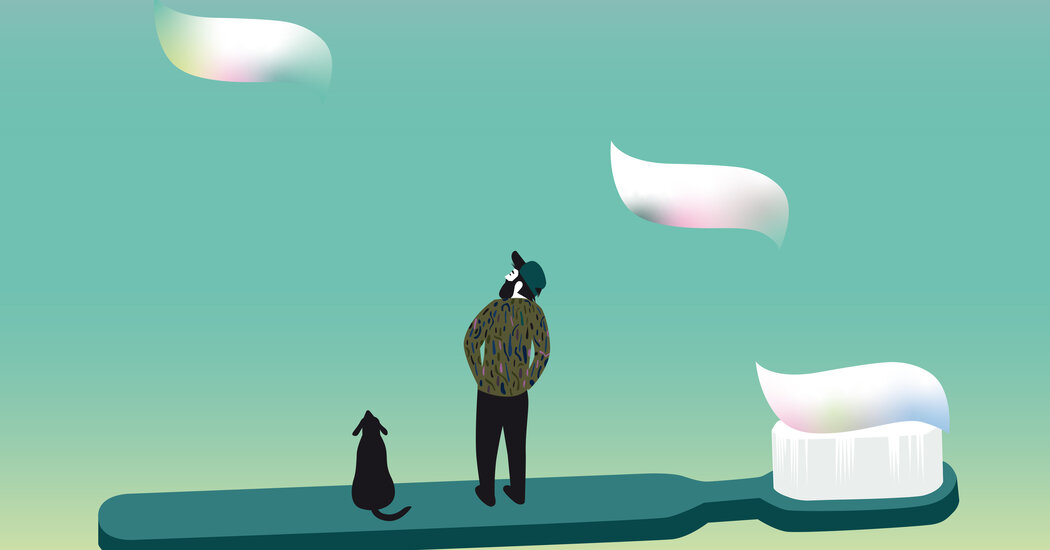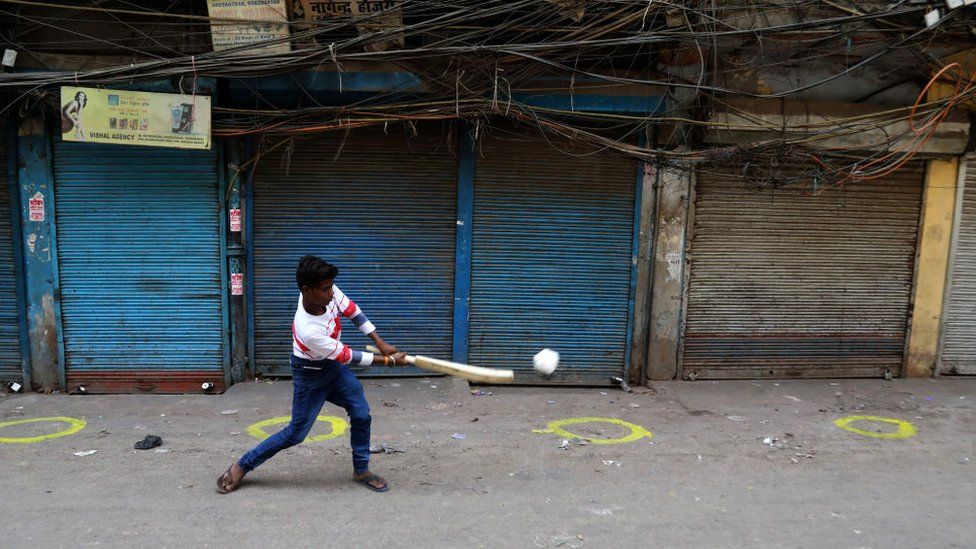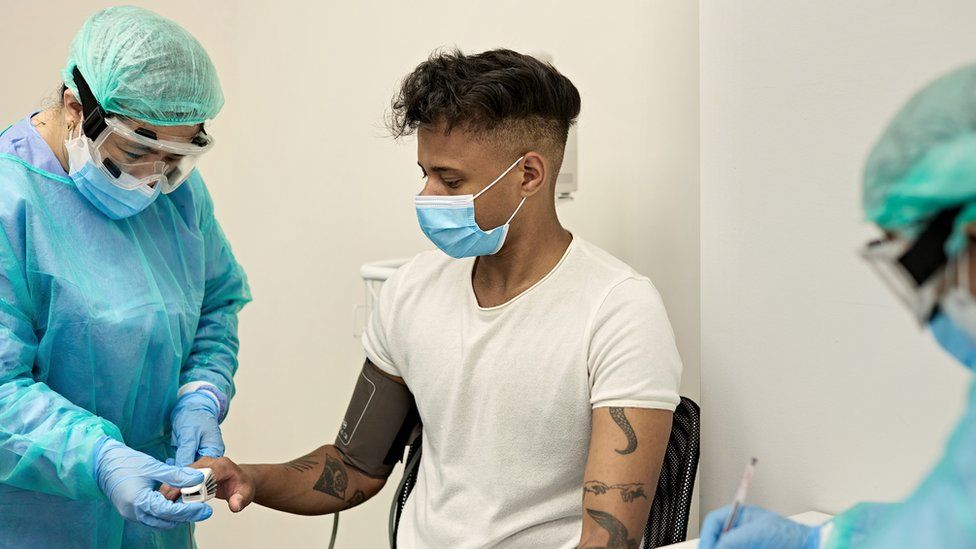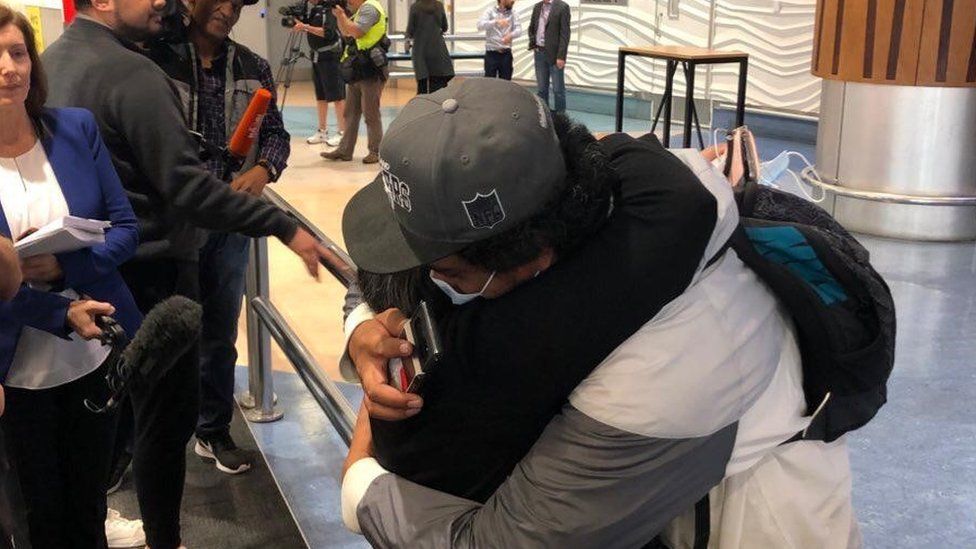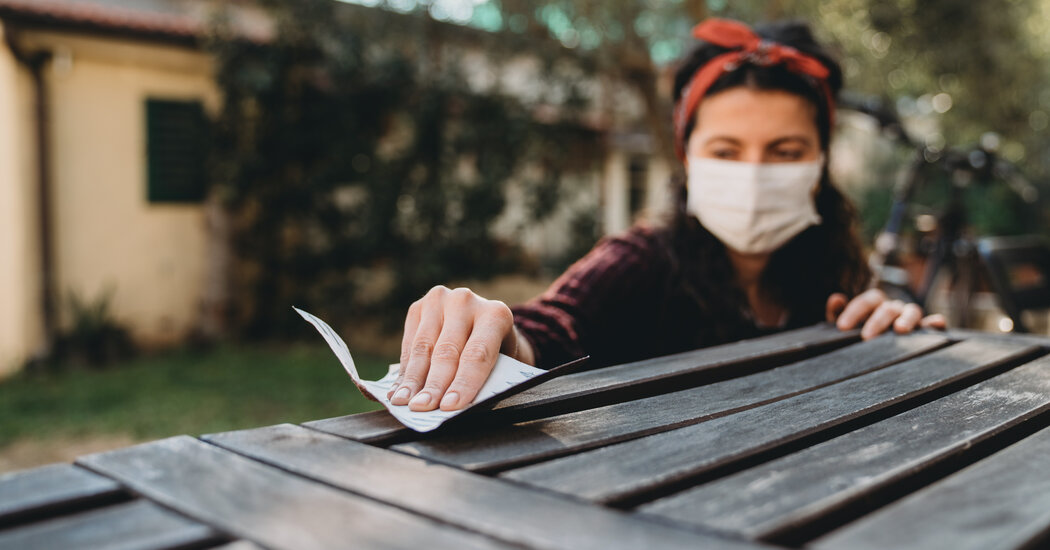The Importance of Routines, Even Interrupted by a Pandemic
By setting routines for myself, I was able to shield myself from chaos. Then the pandemic happened. I set out to get them back on track.This article is part of a series on resilience in troubled times — what we can learn about it from history and personal experiences.I was laid off in December. I can’t say I wasn’t anticipating it. Everything was falling apart everywhere, including the media world. But when it happened, the first thing I worried about — before questions of how I’d make money or what I’d do about insurance — was if I’d lose the routine that I had developed, lost, and then worked so hard to get back.We all had our routines before the pandemic, and so many of them were upended. Just about any personal routine, if it wasn’t halted outright, changed somehow, from the mundane to the essential. The older man I used to see slowly savoring an espresso every day at the coffee shop had to take it in a to-go cup and drink it outside. Until lockdown, a friend had gone uptown to see his parents every Sunday morning, but had to stop. Children stopped going to school and much of the work force stopped going to offices. Trying to maintain a routine was difficult enough with the world feeling as if it was going to pieces; trying to set new ones without any clear indication of what the future held felt downright impossible.Life is a series of routines. We go to sleep, we wake, we work, we play. But for some, routines and rituals help us function against the chaos of the world, and in many cases, our minds. Some minds just aren’t made for routines; that’s why I’ve had to work extra hard and discipline myself to live and work a certain way.I grew up constantly uncertain, thanks to an unstable home life as a child, parents who moved around a lot and, starting at 16, being without a home of my own. The trauma from those experiences began to prey on me, it wore me down and mingled with my diagnoses of A.D.H.D., depression and obsessive-compulsive personality disorder, making it almost impossible for me to concentrate, work, and generally be productive and happy on a daily basis.At some point, by chance, I started to realize that the more I implemented boundaries and schedules — waking and eating and meditating at specific times, working out, writing down the next day’s schedule — the more I started to feel not only some control, but also happiness. By setting routines for myself, I was able to shield myself from chaos.“It helps you feel like you’re in control,” Charles Duhigg, who wrote “The Power of Habit,” said in an interview. “It helps you remember how to do things that — maybe because of your A.D.H.D. — you’d forget because of short-term memory.” In his book, Mr. Duhigg explores the sort of ouroboros — the ancient symbol of a snake eating its own tail — I was performing on myself. I needed some sort of cue, a routine and then a reward. I hadn’t thought of rewards as part of the process, but they are essential.For me, I thought the reward was peace of mind. What I didn’t realize was I was also giving myself other little trophies: If I went to the gym five days every week, there was a little voice in my head that would say “You’ve earned two slices of pizza.” When I’d clean the house on Sunday morning, I’d always crack open a beer by afternoon. And sometimes you aren’t even conscious of the rewards you’re giving yourself for routine, and I find those are the most important ones. With those rewards, I’m being good to yourself, telling myself I did something, so I earned something.“You’re forcing yourself to anticipate rewards,” Mr. Duhigg said. “All of that is really good.”For Esmé Weijun Wang, author of the essay collection “The Collected Schizophrenias,” “Routines and rituals are a core part of maintaining my mental health,” she told me. Ms. Wang’s routines include “my analog planner, where I journal, manage my appointments and jot down tasks — that, along with an array of other notebooks and binders, organize things in a way that help life to feel less overwhelming.”Equally important — and perhaps more challenging — is maintaining your routines. So, while writing down appointments is important, reminding myself to wake up at a certain time, to meditate, my 1 p.m. work and phone break are the acts of reminding myself where the calm waters are going to be in what could turn out to be a rough sea.“When you change a habit in your life that you previously found to be important,” Mr. Duhigg said, “you just need to be cognizant of how you change that habit deliberately.”But sometimes, outside forces overwhelm the ability to maintain. After five years of consistent routines, the pandemic hit. The first day working from home, my routine fell apart. We were told it would be a week, then two, then next month, then late summer, then maybe after Thanksgiving. Sooner or later we’d go back to the office, maybe. I started sleeping in later; when the gym closed, I had to figure out a new way to work out; and as every little thing I’d considered part of a normal day for me started to go away, I didn’t realize how depressed I was.By the time I started lifting myself out of my depression, realizing that I was going to have to learn to adapt, it was autumn. There was still no office or gym or place I could go to safely see people in person and talk to them. I avoided my therapist for months because I felt awkward doing sessions on Zoom. I’d skip morning meditation from time to time. I’d would open and eat a bag of chips in a few minutes. It was the kind of spiraling I thought I had figured out how to correct.Then, one morning, I pulled out one of my old journals to see what I’d done right in the past. I had notes about what in my routine worked and what didn’t, how drinking coffee at certain times made me feel more anxious or how checking Twitter before 8 a.m. almost always put me in a bad mood. I had left myself little reminders in case I got lost.One day, I went to walk my dog and for no reason whatsoever and decided that the soundtrack that morning would be Brian Eno’s “Ambient 1/Music for Airports,” an album the composer wrote and recorded to help calm anxious travelers. I told myself I’d walk for the duration of the first track — 17 minutes and 22 seconds — before going home. I was doing something I did every morning, but as I turned a corner, I realized I was also setting myself up for the day, and felt a comfort I hadn’t felt in months. Mr. Eno’s wordless, drifting tape loops of piano rhythms simply served as the background noise to my unplanned walking meditation — and a reminder of how necessary it was.That was when I started putting my routine back together. Within a week, I was back on some sort of normal schedule of when I woke up, when I walked the dog, when I let myself look at Instagram. I was getting to as comfortable a spot as one could be in during a pandemic. Then I got the Slack message that I was needed in a meeting with an H.R. person. I knew what was coming next.Obviously I was feeling all of those things one feels when they lose a job. It hurt. My finances were going to take a hit. The one main channel of communication I had with anybody besides my wife was cut off. But I realized there was nothing I could do besides pick myself up and start making out my schedule for the next day. Tomorrow, and every single day after that, my routine and rituals were in my hands only. And nobody could take that from me.Jason Diamond’s most recent book is “The Sprawl.”
Read more →
